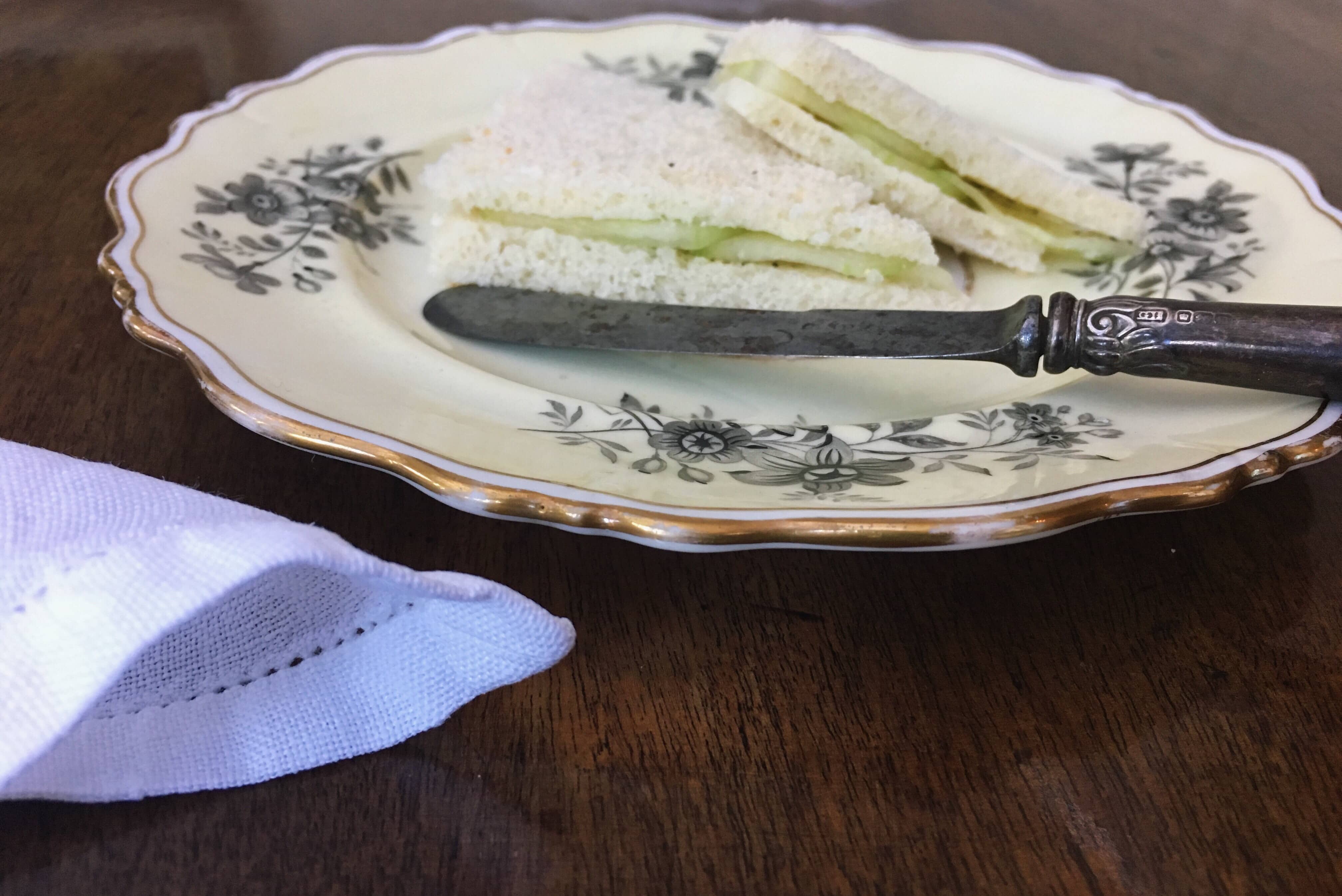
Using lovely old china makes even the simplest meal a special occasion. Don’t be put off by thinking it’s too delicate or too much trouble. It takes a little extra care but it’s worth it every minute. Here are twelve simple Good Sorts tips to help you:
- Think about the china when you’re choosing the menu. Avoid very sticky things that will be hard to remove and save things that stain like beetroot or blackcurrant or very dark sauces with red wine or chocolate for plates that go into the dishwasher.
- If the glaze on your china has ‘crazed’ liquid can get under it so save the china for tea time treats like cucumber sandwiches, scones and cake.
- Check handles carefully. If there’s any sign of cracking don’t use them and don’t trust a handle by itself for anything heavy. Support the weight from below as well.
- If you want to heat plates in the oven make sure it’s a very low temperature – only slightly warm especially if the plates have gilded decoration.
- You should try to wash up old china as soon as possible but if you can’t, don’t leave it to soak. Just give it a quick rinse.
- Don’t use very hot water or rinse hot plates in cold water. The sudden temperature change can crack the plates. Warm water is best for old china.
- Don’t put lots of pieces of china in the sink at the same time. The fewer the better.
- Use a mild detergent and steer clear of anything abrasive. A very soft brush or cloth especially on things with gilt or hand-painted decoration is best. Rinse everything carefully.
- One of those stylish old linen tea towels is best for drying up. They’re soft, very absorbent and won’t catch on any decoration.
- Take extra care with anything with an old repair. Make sure mild steel rivets are completely dry.
- Plate protectors are great to stop the decoration being worn or damaged if you keep your plates in a stack.
- Don’t trust an old jug or vase not to leak. If you’re putting it down on a surface that could be damaged put something waterproof underneath it.




